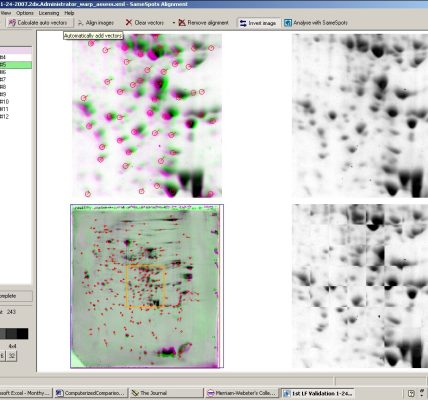Asthma is a chronic respiratory condition that affects millions of people worldwide. It causes inflammation and narrowing of the airways, leading to symptoms like wheezing, shortness of breath, chest tightness, and coughing. While asthma cannot be cured, it can be effectively managed with proper treatment and lifestyle adjustments. One of the key tools in asthma management is the blue inhaler, also known as a rescue or reliever inhaler.
Understanding Asthma Triggers
Asthma Inhaler symptoms can be triggered by various factors, including allergens, air pollution, respiratory infections, exercise, and stress. Identifying and avoiding these triggers is crucial for asthma management. Common triggers include pollen, pet dander, dust mites, tobacco smoke, and cold air. By minimizing exposure to triggers, individuals can reduce the frequency and severity of asthma symptoms.
Using Your Blue Inhaler Correctly
The blue asthma inhaler technique is essential for effective medication delivery. Many asthma patients do not use their inhalers correctly, which can lead to inadequate symptom relief. It’s important to shake the inhaler well before each use and exhale fully before inhaling the medication. Hold the inhaler upright, place it between your lips, and press down on the canister while inhaling deeply. Hold your breath for 10 seconds before exhaling slowly. It’s also crucial to understand the prescribed dosage and not exceed it without medical advice.
Incorporating Lifestyle Changes
In addition to medication, lifestyle changes can play a significant role in asthma management. Regular exercise is important for overall health but can also help improve lung function and reduce asthma symptoms. However, individuals with asthma should choose activities that are less likely to trigger symptoms, such as swimming or walking. Diet can also impact asthma symptoms, with certain foods like fruits, vegetables, and omega-3 fatty acids being beneficial, while others like dairy and processed foods may worsen symptoms.
Regular Monitoring and Follow-ups
Asthma is a dynamic condition, and symptoms can change over time. Regular monitoring and follow-ups with healthcare providers are essential for adjusting treatment plans as needed. During check-ups, healthcare providers can assess lung function, review symptoms, and make any necessary medication adjustments. Patients need to communicate openly with their healthcare team about any changes or concerns regarding their asthma.
Emergency Situations and When to Seek Help
Despite diligent management, asthma attacks can still occur, and it’s crucial to know how to respond in emergencies. Common signs of an asthma attack include severe shortness of breath, wheezing, chest tightness, and difficulty speaking. If experiencing these symptoms, it’s important to use the blue inhaler as prescribed and seek medical help immediately if symptoms do not improve or worsen. Emergency medical services should be contacted if the individual is unable to speak due to breathlessness or if lips or fingernails turn blue.
Conclusion
Managing asthma effectively requires a multifaceted approach that includes medication, lifestyle modifications, and regular monitoring. By understanding asthma triggers, using the blue inhaler correctly, incorporating lifestyle changes, and staying proactive with healthcare, individuals can significantly reduce the impact of asthma on their daily lives.





